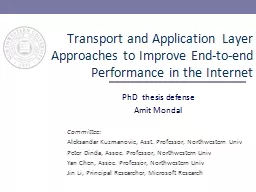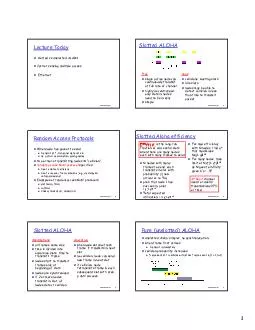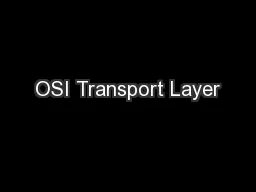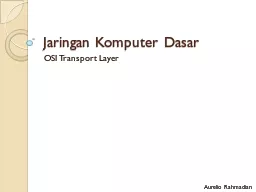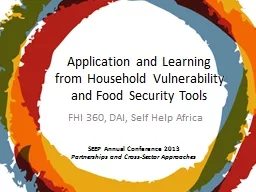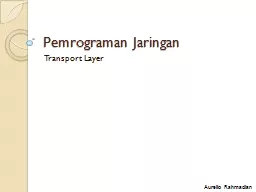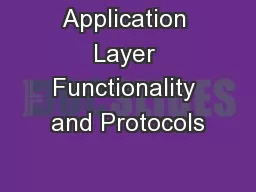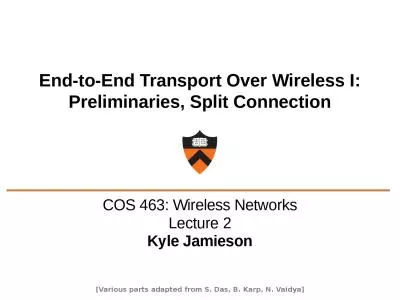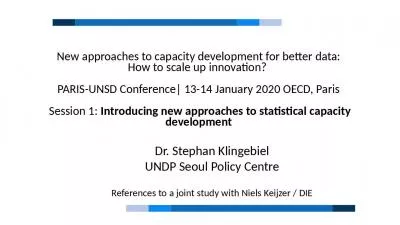PPT-Transport and Application Layer Approaches to Improve End-to-end Performance in the Internet
Author : faustina-dinatale | Published Date : 2018-03-12
PhD thesis defense Amit Mondal Committee Aleksandar Kuzmanovic Asst Professor Northwestern Univ Peter Dinda Assoc Professor Northwestern Univ Yan Chen Assoc
Presentation Embed Code
Download Presentation
Download Presentation The PPT/PDF document "Transport and Application Layer Approach..." is the property of its rightful owner. Permission is granted to download and print the materials on this website for personal, non-commercial use only, and to display it on your personal computer provided you do not modify the materials and that you retain all copyright notices contained in the materials. By downloading content from our website, you accept the terms of this agreement.
Transport and Application Layer Approaches to Improve End-to-end Performance in the Internet: Transcript
Download Rules Of Document
"Transport and Application Layer Approaches to Improve End-to-end Performance in the Internet"The content belongs to its owner. You may download and print it for personal use, without modification, and keep all copyright notices. By downloading, you agree to these terms.
Related Documents

